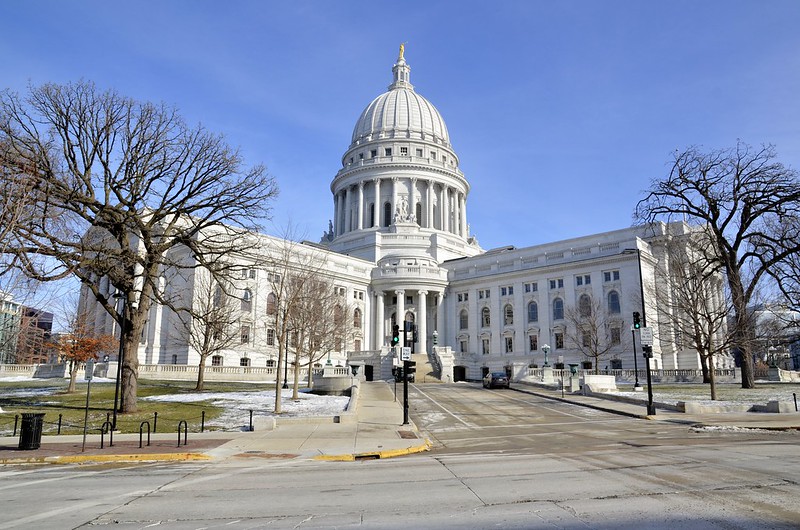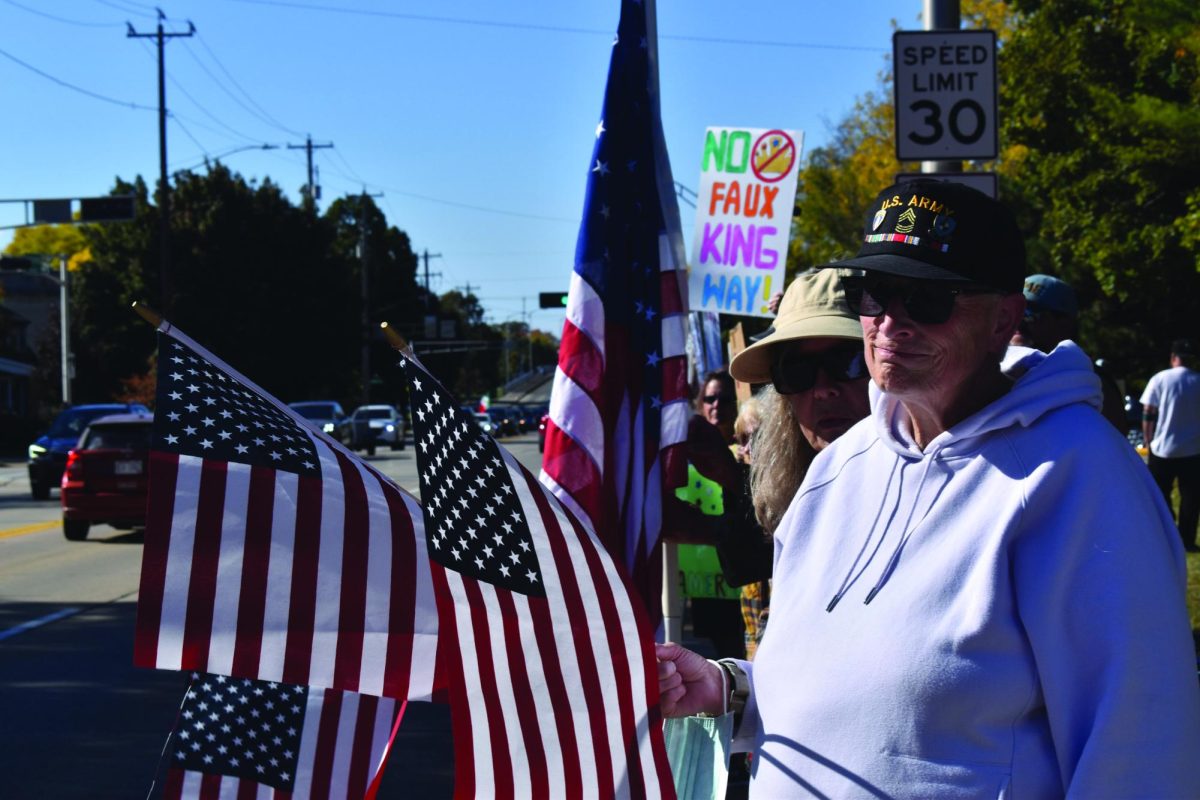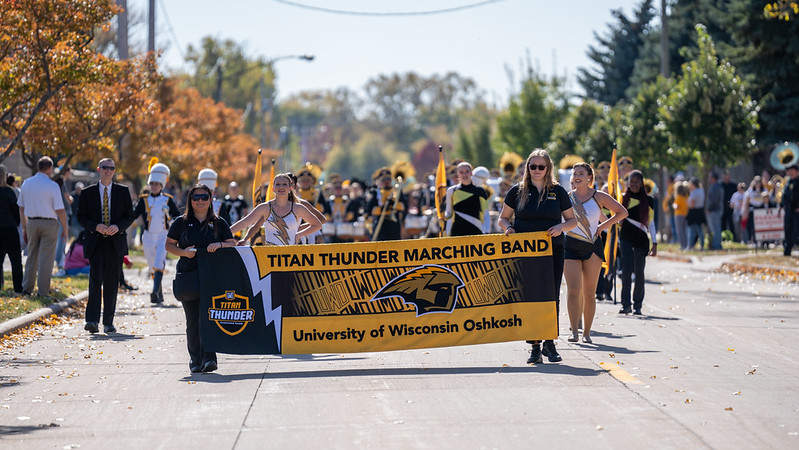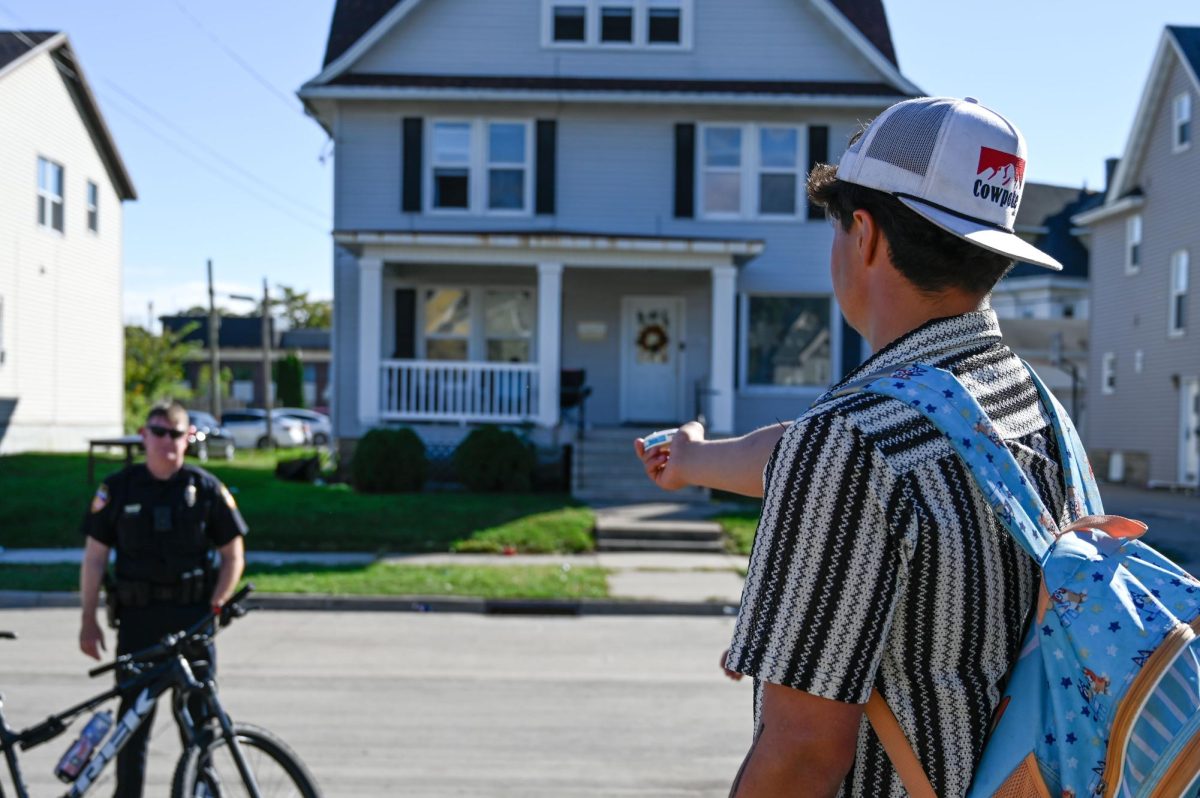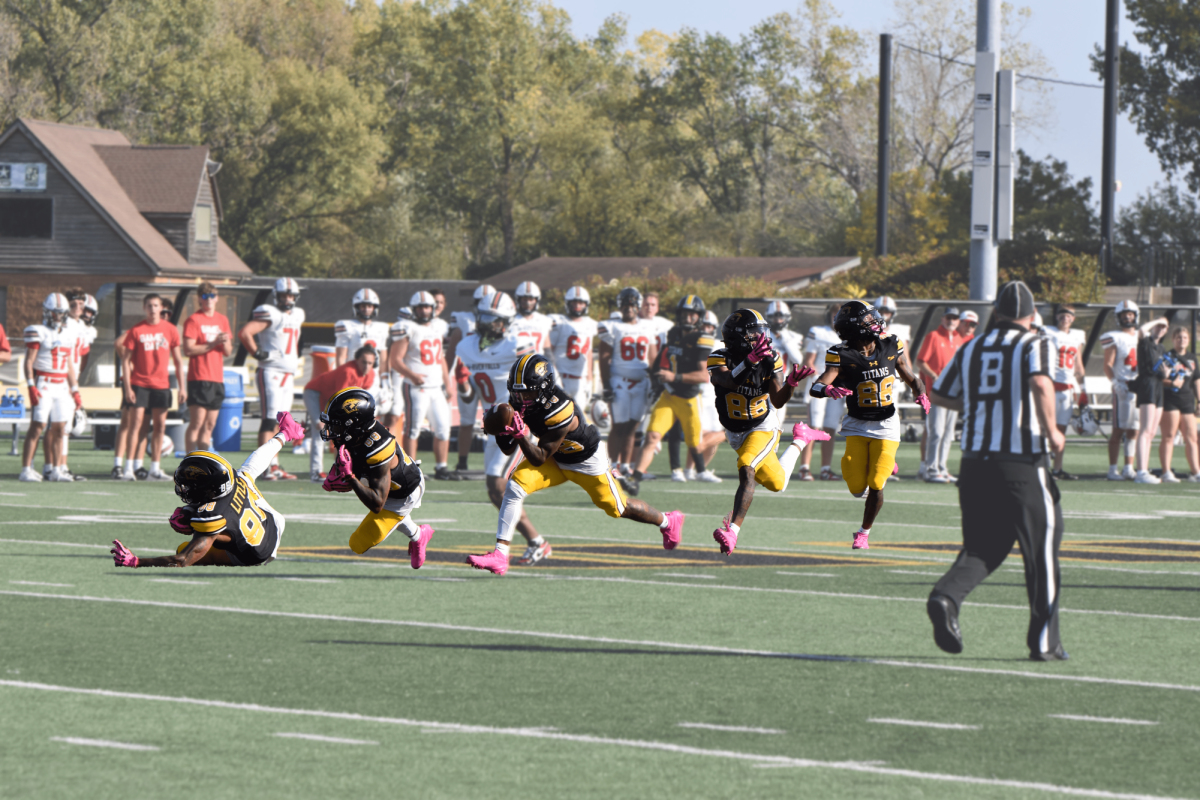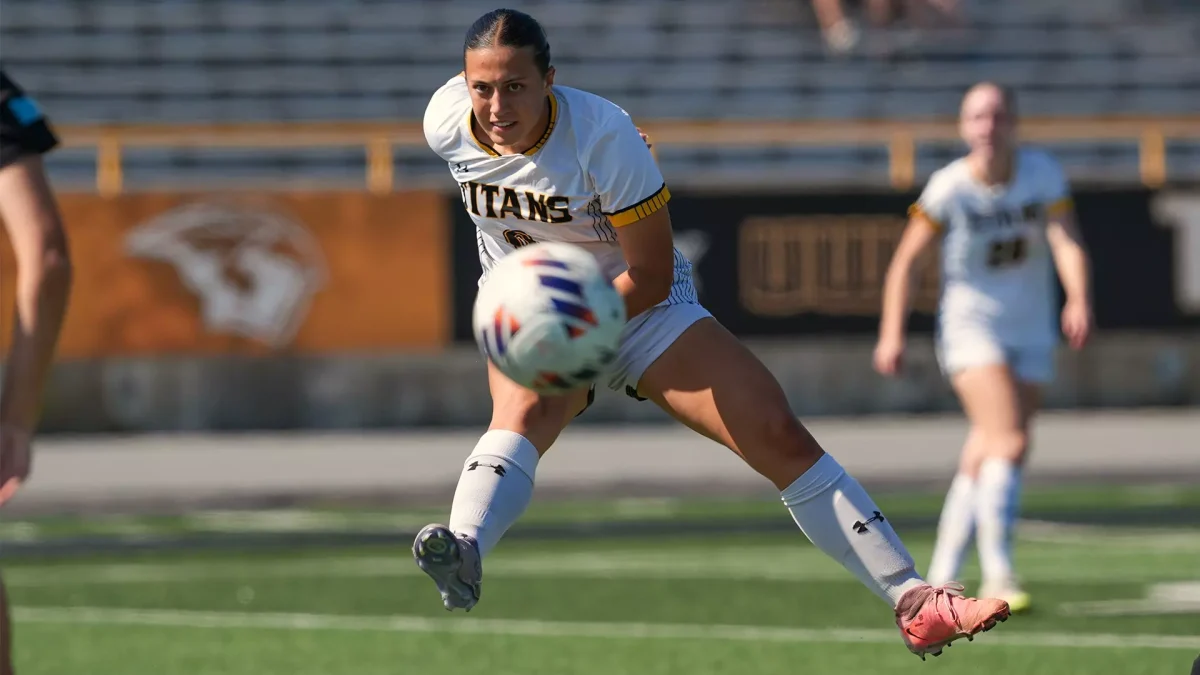Gov. Tony Evers signed Act 266 into law April 4 which states that Hmong and Asian American history shall be part of the Wisconsin K-12 curriculum.
“The Hmong and Asian American communities are a critical part of our state’s history, culture, economy and our future,” Gov. Evers said in an April 4 press release. “It’s important that we celebrate our shared histories and honor the people who help make Wisconsin the state it is today.”
“I think this is kind of a long time coming,” said Chong Moua, assistant professor of Hmong Studies at UW Oshkosh.
Moua said it was crucial to finally have the policy in formal writing so that educators could advocate for more resources and college students could come to class with a prior understanding of Hmong and Asian American studies.
“The possibilities are just so much more,” Moua said. “I think we’ve been waiting for not having to start at the beginning all the time, in terms of these courses and in terms of having people think about, ‘why is it important to learn Hmong history?’”
She also emphasized that with the change Hmong students will see themselves reflected in the curriculum and have classmates who understand their backgrounds.
By comparison, the teaching of African American, Hispanic and Indigenous American studies was already required in Wisconsin, with Indigenous history required since 1991.
At least 11 bills akin to Act 266 were introduced between 2005 and 2021, but all failed to move forward. Choua Xiong, assistant professor of Hmong Studies at UW Oshkosh, said there were likely a range of reasons it took so long to add Hmong and Asian American history to the existing law. One reason was who was at the table when speaking about the proposal.
“What happened this time around is that after all these long years of conversations about the bill, people were intentional about building bipartisan relationships and spreading awareness, and this really drove the conversations in those rooms,” Xiong said. “But also, there is an increase of Hmong organizers and organizations … active in talking with different folks about this.”
Moua also felt that the anti-Asian hate that arose during COVID-19 played a role in gaining more support for the addition of Hmong and Asian American history. “One of the solutions that is always proposed is more awareness, more education,” Moua said. “And I think that that’s also what happened this time, is that that really did galvanize people to get their act together and say, ‘hey, maybe we really need to just do this as one part of the solution.’”
As for what they hope the curriculum will include, Xiong said she wants students to come to college with an understanding of the construction of race.
“The place that I often meet people at is that they learn to appreciate culture,” Xiong said. “But then they don’t actually know the depth of race, because this is not just about appreciating, but it’s about understanding, you know why these categories even exist.”
Moua said she hopes students will learn about how Hmong people got to the United States, and more specifically, how the concept of war impacts the classification of immigrants or refugees. She hopes students can apply this knowledge to contemporary conversations regarding border crossings.
“I think there’s a lot of negative connotations that are associated with these two categories, especially now. Especially when we’re talking about border crossings,” said Moua. “Why is one body crossing a certain border more dangerous or more suspicious than other bodies crossing other borders?”
Moua also hopes Wisconsin schools include Hmong and Asian Americans in the conversation when creating the curriculum and that they find a way to recognize educators who have been teaching their history for years despite no formal requirement in the law.
“I think there’s a lot of opportunity for Wisconsin to be the pioneer and take a lot of big steps and model things for maybe other states to do,” said Moua. “Because the community right here, the largest Asian American population, happens to be Hmong. And so, let’s be t
he leader in Hmong studies.”


